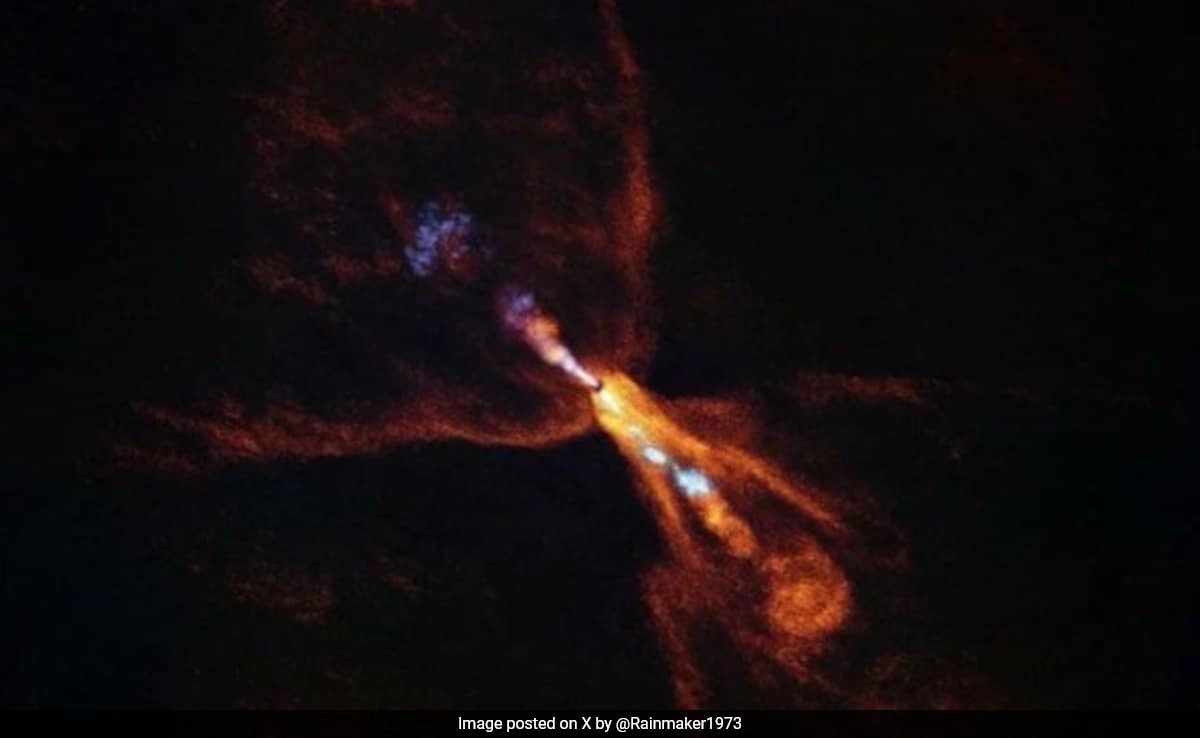Astronomers have made a groundbreaking discovery that sheds light on the intricate processes of planet formation in a distant solar system. Using advanced imaging techniques, they captured the early stages of a planet’s birth around a young star, often referred to as a “baby sun.” This discovery not only enhances our understanding of how planets form but also provides valuable insights into the potential for similar processes occurring in our own solar system and beyond.
The observation was made using powerful telescopes equipped with high-resolution imaging capabilities, allowing scientists to peer into the dense clouds of gas and dust surrounding this nascent star. These clouds are crucial to the formation of planets, as they contain the raw materials necessary for planet creation. The team of astronomers identified a distinct gap in the dust surrounding the star, indicating the presence of a forming planet. This gap is believed to be caused by the gravitational influence of the planet, which is pulling material inward and clearing a path as it forms.
The findings are significant not only for understanding the mechanics of planet formation but also for the broader implications they have on the search for extraterrestrial life. By studying the conditions that lead to planet formation around other stars, scientists can better assess the potential habitability of these new worlds. This discovery opens up exciting possibilities for future research, as astronomers can continue to explore the dynamics of planet formation in various environments, offering clues about the diversity of planetary systems across the galaxy.
As researchers continue to analyze the data, they hope to uncover more details about the characteristics of the forming planet, such as its size, composition, and distance from the star. These factors play a crucial role in determining whether a planet could support life. The ongoing study of this phenomenon could ultimately help refine our understanding of the evolution of planetary systems and the conditions necessary for life to emerge. The implications of this research extend far beyond our own solar system, highlighting the dynamic and ever-evolving nature of the cosmos.




